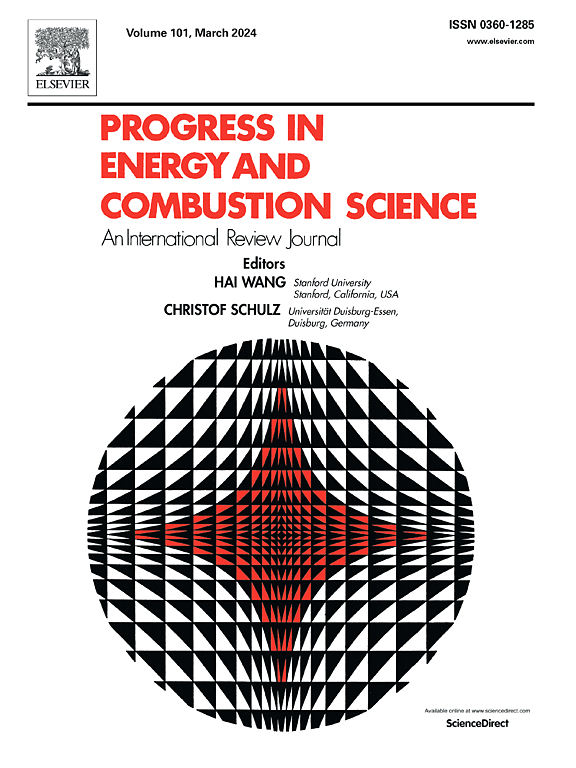Tire pyrolysis char: Processes, properties, upgrading and applications
Abstract
Waste tires are solid wastes with large annual output and with the potential for great harm to the environment. The pyrolysis of waste tires can recycle energy and produce reusable products. Although there are many reviews in the literature in regard to the pyrolysis characteristics of waste tires, no one paper focuses on reviewing and summarizing the tire char. This paper critically appraises the achievements of earlier reports and literature and assesses the current state-of-the-art for the production and application of tire char from waste tires. Initially, the thermal decomposition behavior of different tire rubbers is discussed and compared where it is shown that the different components of waste tire rubber have different thermal degradation characteristics. The influencing factors on the yield and quality of tire char are discussed and assessed in terms of different pyrolysis reactors and technologies, tire type and composition, and a range of pyrolysis process conditions. The composition of the waste tire and pyrolysis conditions are the main factors affecting the distribution of pyrolysis products. Pyrolysis technology and reactor equipment also have an effect on the distribution of pyrolysis products. The physical and chemical structural characteristics of tire char are critically reviewed in detail, including a comparison of the fundamental differences with commercial carbon black and modified tire char (physical activation and chemical activation). Finally, high-value application fields and developmental prospects of tire char are summarized. Through extensive literature review, a novel development was that tire char could be used as a source of graphene. The economic analysis of the various tire char applications should be one of the main research directions in the future. The keynote of this review is to promote intensification of waste tire recycling and treatment so that more tire char can be obtained from waste tire pyrolysis and thereby be reused in different applications to obtain more value.

 求助内容:
求助内容: 应助结果提醒方式:
应助结果提醒方式:


